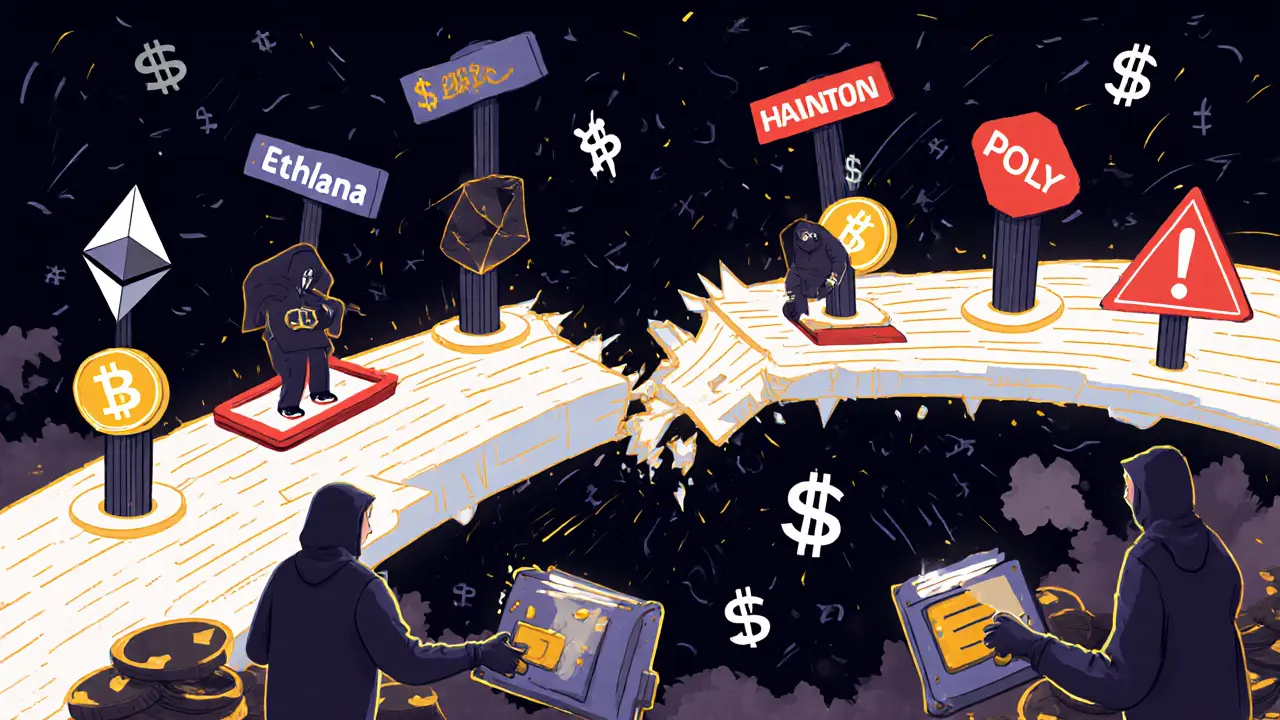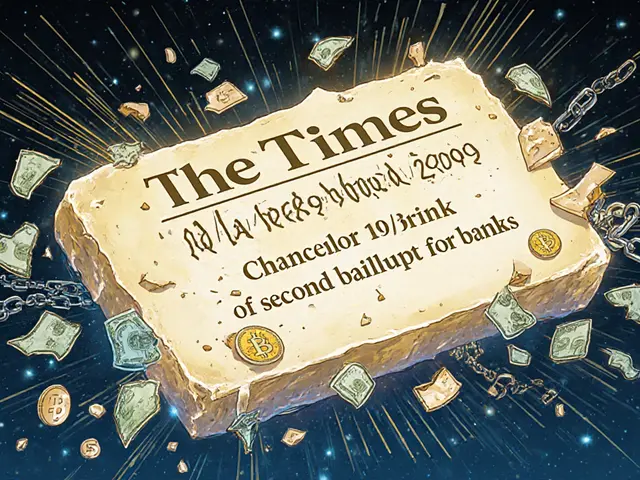Cross-Chain Technology: How Blockchains Talk to Each Other
When you send Bitcoin to a Solana wallet, or move your Ethereum-based NFT into a game on Avalanche, you’re using cross-chain technology, a system that allows different blockchains to communicate and transfer value without relying on a central middleman. Also known as interoperability, it’s what makes today’s multi-chain crypto world even possible. Without it, every blockchain would be a separate island—useful on its own, but useless when you want to move assets or data between them.
Behind the scenes, this relies on interoperability protocols, standardized rules that define how blockchains verify each other’s transactions. Think of them like translators: if Ethereum speaks one language and Polygon speaks another, these protocols make sure they understand each other without errors. Protocols like IBC (Inter-Blockchain Communication) and Chainlink’s CCIP are built by teams with deep security expertise. But most users don’t realize that the majority of cross-chain tools they use—like those wrapped in flashy apps—are custom bridges built by small teams with no audits, no insurance, and no accountability. That’s why over $2 billion has been stolen from cross-chain bridges since 2020.
LayerZero, a lightweight messaging protocol used by tokens like OmniCat and others to claim omnichain functionality, is one of the more popular tools today. It doesn’t move assets itself—it just passes messages between chains. That’s smarter than locking up your crypto in a bridge vault, but it still depends on oracle and relayer networks that can be hacked if not properly secured. And then there’s the problem of semantic interoperability, the challenge of making different blockchains understand not just that a transfer happened, but what it means. For example, if you move an NFT from a gaming chain to a DeFi chain, does it still act like a weapon? Or just a collectible? Most systems can’t answer that yet.
What you’ll find in these articles isn’t hype. It’s real breakdowns: how OmniCat’s claims about working across eight chains are misleading, why the IBC protocol is trusted by Cosmos but ignored by Ethereum, and how privacy-focused chains like Secret Network are trying to solve the contradiction between blockchain transparency and personal data control. You’ll also see how scams exploit users who think cross-chain means "safe transfer"—when in reality, it often means "new attack surface".
This isn’t about which chain is better. It’s about understanding how the pieces connect—and where the cracks are. Whether you’re moving tokens, trading NFTs across games, or just trying to avoid getting hacked, knowing how cross-chain tech actually works makes all the difference. Below, you’ll find clear, no-fluff guides on what’s real, what’s risky, and what’s just marketing.






